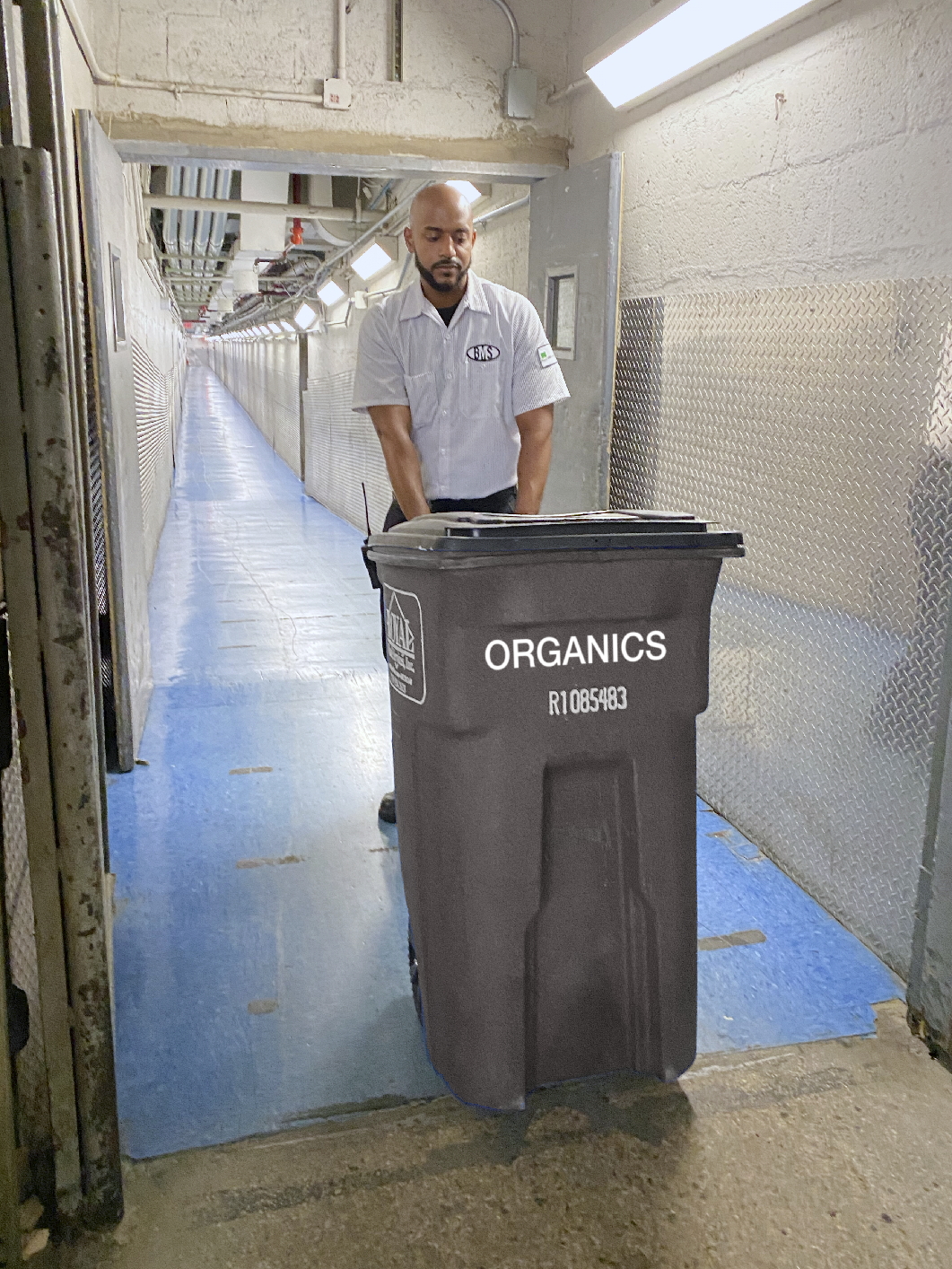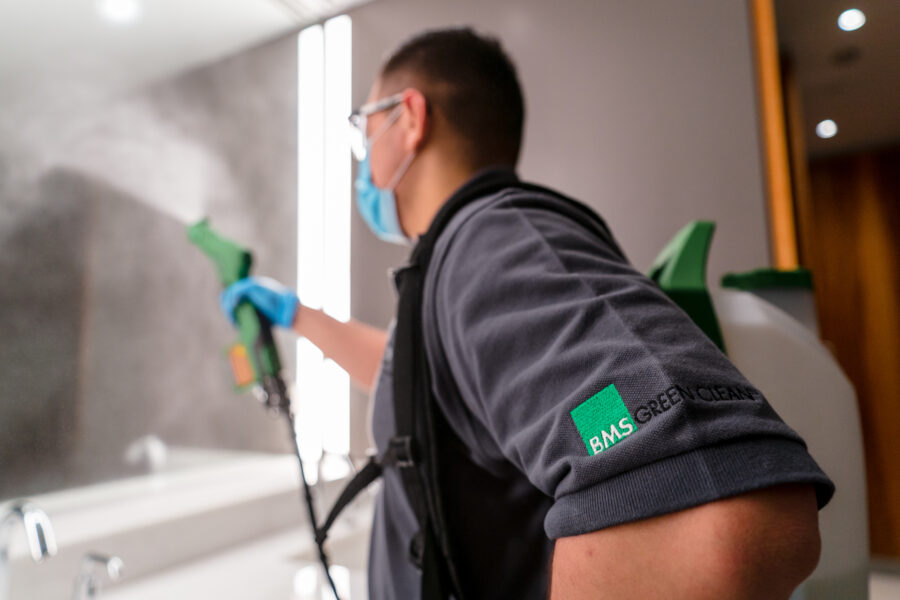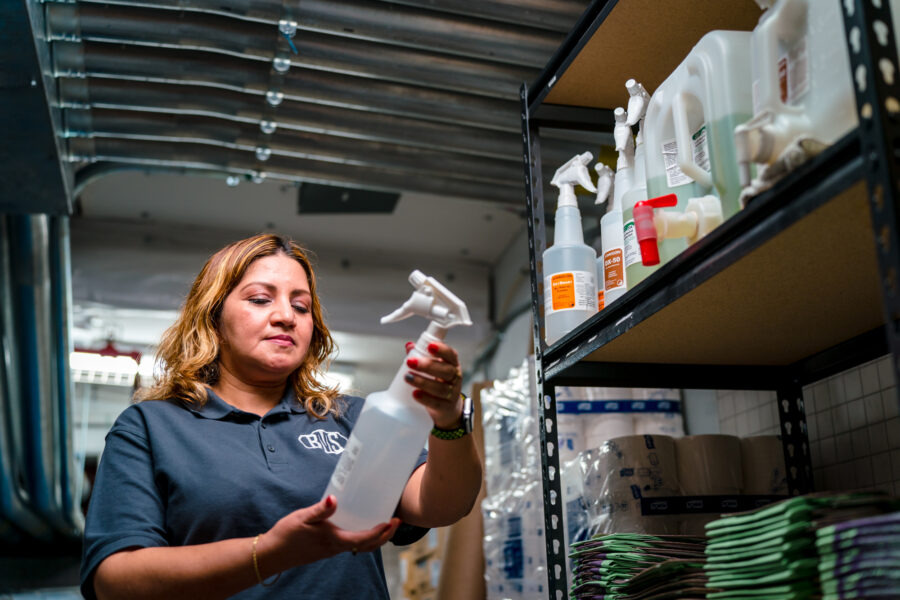How Expectations and Cleaning Practices Have Shifted Post-COVID
Now that we’re living in a post-COVID world, the question for building owners and managers is: what has really changed? We have seen an evolution of cleaning practices and expectations since COVID.

Before COVID-19 emerged in 2020, the typical tenant expected to work in a clean building with a professional appearance. In many buildings, especially in large metropolitan cities, the trend was toward the use of cleaning products that were environmentally friendly and met LEED standards. Germ elimination was rarely, if ever, mentioned. The standard was daily trash removal, dusting, vacuuming, and restroom sanitation. Limited disinfection occurred, and usually only in kitchens, breakrooms, and restrooms.
During COVID: Cleaning for Reassurance
With the onset of COVID, cleaning and disinfecting practices shifted into overdrive as expectations radically shifted. Door handles were wiped down hourly, desks were sprayed after every use, and in many cases entire office floors were misted with electrostatic disinfectants.
Cleaning had gone into overkill mode:
- High-frequency disinfecting of touchpoints like elevator buttons, door handles, and shared workstations—sometimes multiple times per day.
- Visible day-porters cleaning during business hours to reassure tenants.
- Wide adoption of hospital-grade products and electrostatic sprayers.
- Core focus on air quality with MERV-13 filters, UV-C lighting, and upgraded ventilation systems.
This approach may have been necessary in the moment, but was also costly, time-intensive, and in some cases, harsh on surfaces and occupants.
We were reducing one risk – COVID – but increasing another – over-exposure to harsh chemicals.
Post-COVID: A Smarter Balance
Today, the industry has found a middle ground.
At BMS, we partner with building owners and managers to “right-size” cleaning protocols, so they are effective, efficient, and sustainable.
This looks different for every client, but something like this:
- Targeted disinfection: High-touch surfaces are still disinfected, but usually once daily rather than hourly.
- Occupancy-based cleaning: With hybrid work, we tailor cleaning schedules around when people are actually in the building.
- Health & safety focus: Tenants still expect more than they did pre-COVID, but without the extremes of 2020.
- Sustainable products: We use safer, low-VOC cleaning solutions that protect both people and the environment.
- Quality control: Our quality control has expanded to incorporate stringent procedural evaluations such as whether staff are following instructions on chemical bottles.
The BMS Difference
BMS’s evolution has gone from COVID “overkill” to a more strategic, balanced approach: still safer and more hygienic than before COVID, but far less disruptive than during the height of the pandemic.
At BMS, our goal is to help clients strike the right balance—delivering peace of mind while keeping cleaning cost-effective and environmentally responsible.
Article by: Mike Doherty, President, BMS


